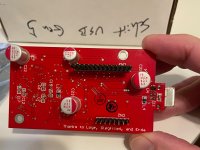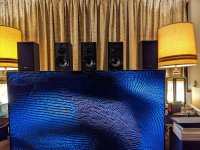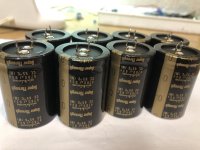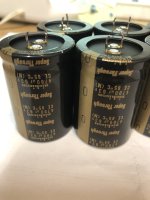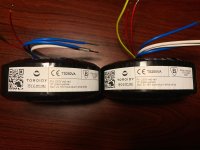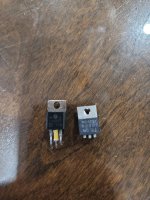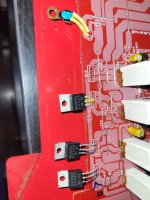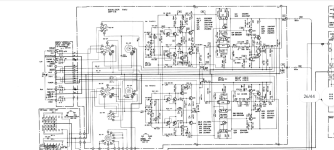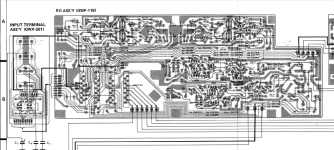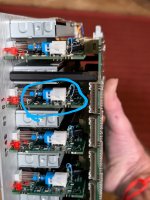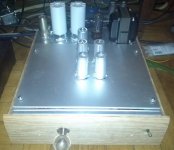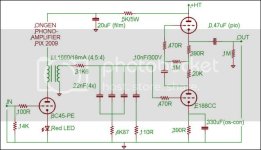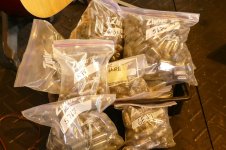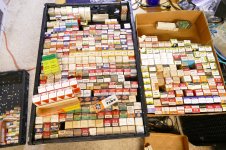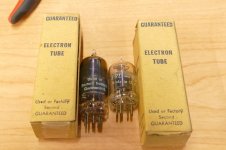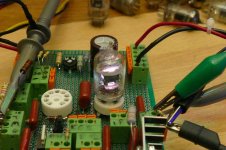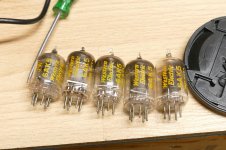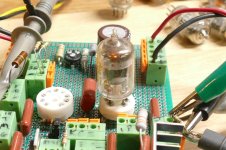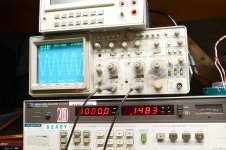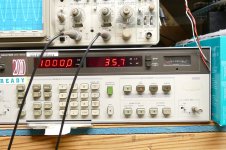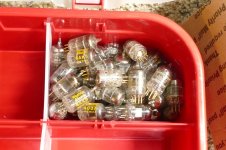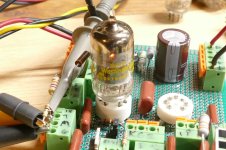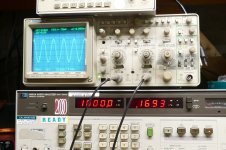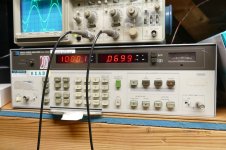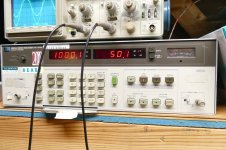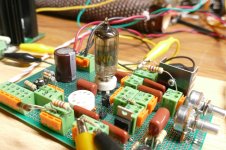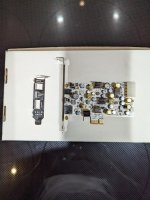I was very inspired by xrk971's thread
Foam Core Board Speaker Enclosures? - diyAudio
When that thread started it was aiming at low cost, rapid building as the motivation for using foam. But it occurred to me that the right foam might actually be a better building material than wood for speaker enclosure. Wood is inherently a resonant material; it is used for musical instruments because of it resonant nature. Foam on the other hand is often used for soundproofing. Hit a piece of wood and it makes a medium to high pitched resonant sound. Hit a piece of foam and it sounds dead. As wood get denser, the sound it makes rises in pitch.
The Celestion SL600 and 6000 speakers from the 1980's also used a very different thinking for the enclosure. These speakers used a lightweight aluminum honeycomb material called aerolam.
Celestion System 6000 loudspeaker system | Stereophile.com[/FONT]
Celestion SL600si loudspeaker & DLP600 digital equalizer | Stereophile.com
And quoting from that article
The cabinet is unique to the SL600Si (and similar to the SL700) in being fabricated from a 0.5"-thick, metal-honeycomb aircraft flooring material. While low in mass, thus minimizing energy storage, it is sufficiently stiff enough for the resonances of its panels to be pushed almost two octaves higher in frequency than with a conventional wooden cabinet. The contribution to the overall sound from the flexing of the enclosure walls will thus be moved away from the region where instruments and voices have their energy maxima, and will also be lower in level. The result should be a low delayed-resonance signature, with correspondingly low levels of midrange coloration. Because the walls of the enclosure will now be virtually transparent to midrange sound, it is filled with carefully graded foam to absorb as much of the woofer's backwave as possible.
I always thought that celestion was onto something here with: low mass, low energy storage, and shifting the wall resonance away from the midrange.
Also when we build speaker enclosures out of wood, we have to line the walls to damp reflections, and fill the box to absorb the sound (make it non-transparent), and we have to add bracing and mass to the wood walls to damp resonance and vibrations. We have to apply all of these technique to compensate for the fact that wood is a resonant material with a pitch often in the middle-to-high-band frequencies.
As I looked around at different foams I realized that the ideal speaker enclosure material might be
- low mass
- semi-ridging / semi-flexible to have a low resonance frequency
- low energy storage
- sound absorbing (non-reflective)
- vibration absorbing
- and with a low resonant frequency (since a perfect sound absorber does not exist)
I found a foam called EVA which appears to have all these properties.
EVA Foam | popular Closed Cell Foam
intecfoams UK EVA
- Impact and vibration absorption
- Acoustic and thermal insulation properties
- Buoyancy with low water absorption
- Suitability for thermo-forming and thermo-moulding
EVA is also very easy to work with. It is one of the main materials used in costume building because of it's easy workability. Exacto knifes, glues, and heat guns allow for easy shaping into any form (curves, domes, facets...)
Creating a Costume/Cosplay from E.V.A Foam : EVA Foam & The Differnt Types Youll Use.
And EVA can be wet or dry sanded to create smooth surfaces, bevels, waveguides..
EVA foam also laminates very well to create thick panels. And I believe that the laminated EVA, with the multiple boundary layers, may have additional benefits.
I am posting this in the fullrange section because I think the fullrange crowd is open minded to experimentation, but I believe from my builds so far that EVA foam works just as well in multi-way designs.
I have two builds currently using EVA foam. A full-range sealed box with an FF105wk driver, and a
2way high-end build using a Satori MW16 and RS28f tweeter with a custom shaped waveguide and an LR2 crossover. I will be posting more details about these builds and my building techniques.
Some preliminary panel property testing. I will explore this more in the future once I can build a better testing apparatus.
Panel resonance tests:
http://www.diyaudio.com/forums/full...rmance-speaker-enclosures-16.html#post4456901
Panel transmission tests:
http://www.diyaudio.com/forums/full...rmance-speaker-enclosures-24.html#post4467017
Mattes flower speakers : OB fullrange using high density EVA foam for flower shaped baffles (shared by user Mattes, Oct 2018)
full range flower
with the 18" bass flower
My first flower petals experiment
I also started a thread on my multi-way experiments with EVA foam speakers over here
OB compact 3way nearfield monitor

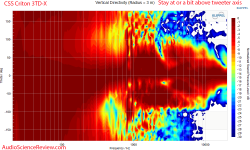
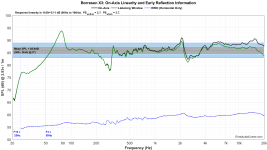

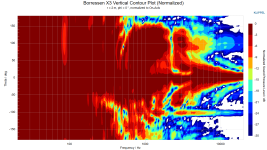
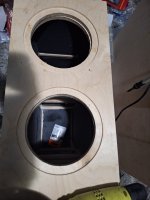
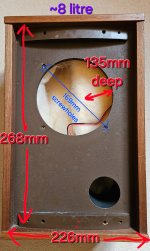

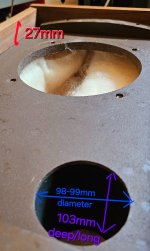
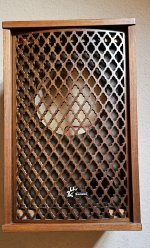

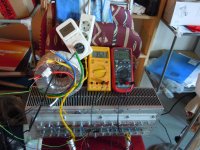
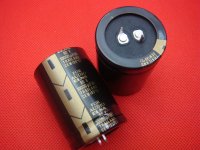
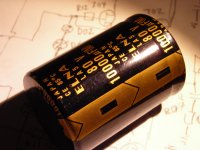
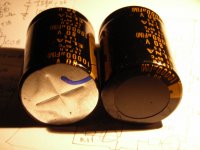
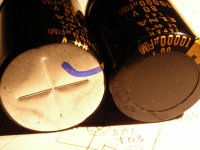
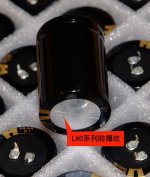

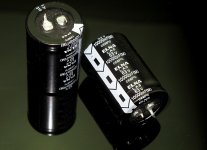
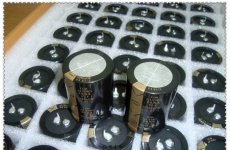
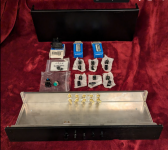
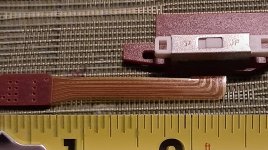
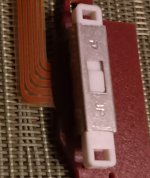
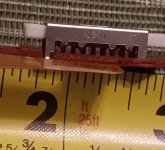
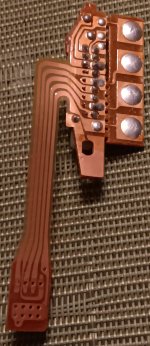
![PXL_20240503_194157856[1].jpg](/community/data/attachments/1214/1214147-223008c9d50d7e6ecc4d32caaccdcd72.jpg?hash=IjAIydUNfm)

